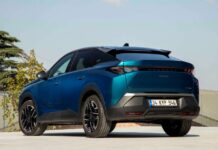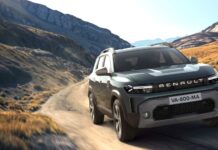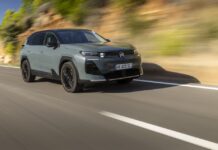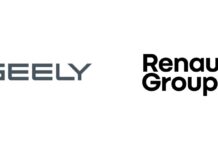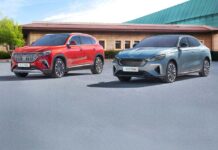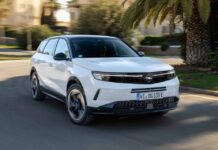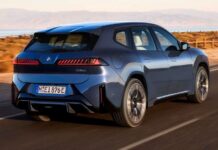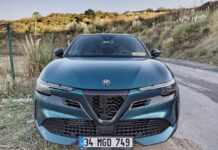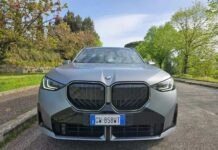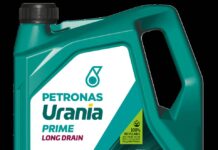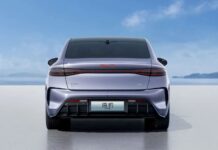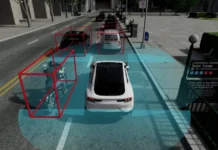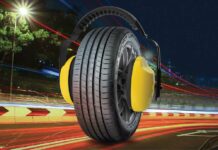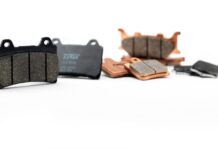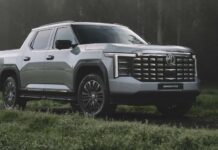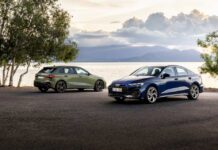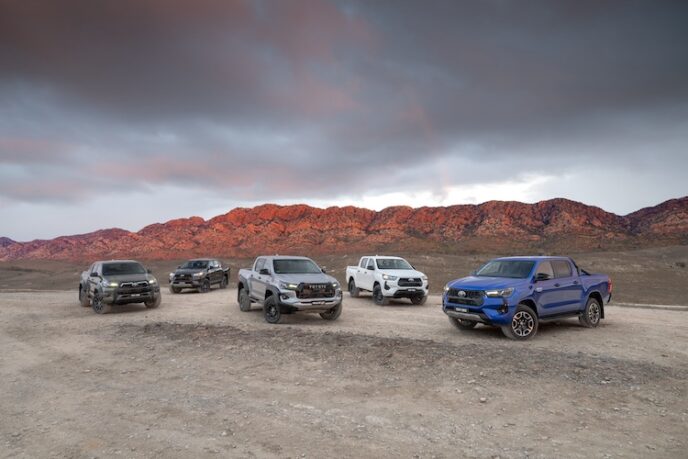
Australia’s new vehicle market held firm in October, with 99,588 sales recorded — a 1.2 per cent increase on the same month last year. Year-to-date sales now sit at 1,014,027, just 1.1 per cent lower than for the same period in 2024.
A key highlight for the month was the strong rise in hybrid and plug-in hybrid (PHEV) vehicles.
Hybrids made up 17.8 per cent of sales, while PHEVs accounted for 4.7 per cent. Battery electric vehicles (BEVs) represented 7.3 per cent of the total, maintaining steady share. Compared with October 2024, hybrid sales grew 25 per cent and PHEVs surged 95 per cent. Year-to-date, hybrids are up 12 per cent and PHEVs 137.4 per cent.
Federal Chamber of Automotive Industries chief executive Tony Weber said the data shows Australians are increasingly embracing electrified vehicles across multiple segments.
“The October results confirm that Australians are increasingly choosing hybrid and PHEV models as a practical path towards lower emissions,” Weber said.
“Hybrids are delivering strong growth right across the market, while PHEVs are also gaining momentum. Petrol-only vehicles, on the other hand, continue to lose ground. These shifts underline the pace of change in consumer preferences.”
SUVs continued to dominate the market, accounting for 61.7 per cent of all new vehicles sold. Medium SUVs alone represented one in every four new vehicles. Passenger cars, by contrast, held a 12.2 per cent share.
Chinese-built vehicles strengthened their position as Australia’s third-largest source market, with sales rising 40 per cent year-on-year. Four Chinese brands again appeared in the national top ten for the month.
Toyota led the market with 19,726 sales, followed by Ford (7,570), Mazda (7,140), Kia (6,610) and Hyundai (6,403). The best-selling models were the Toyota HiLux (4,444), Ford Ranger (4,402), Toyota RAV4 (4,401), Ford Everest (2,435) and Toyota LandCruiser (2,090) — together making up 17.8 per cent of total sales.
Across the states and territories, results were mixed. Sales rose in the ACT (up 4.0 per cent to 1,350), NSW (up 3.7 per cent to 30,079), NT (up 6.7 per cent to 910), SA (up 6.7 per cent to 6,623), Tasmania (up 6.1 per cent to 1,691) and Victoria (up 3.6 per cent to 27,721). Declines were recorded in Queensland (down 5.0 per cent to 20,487) and Western Australia (down 3.1 per cent to 11,177).
VFACTS data show that the SUV category rose by 9.4 per cent year-on-year, while passenger car sales dropped 21.6 per cent. Light commercial sales were marginally down 0.6 per cent, and heavy commercials declined 12.8 per cent compared with October 2024.

Automobile Magazine-AU



